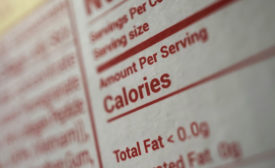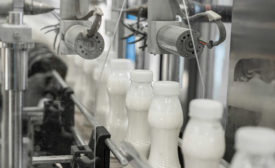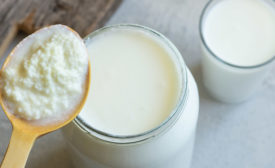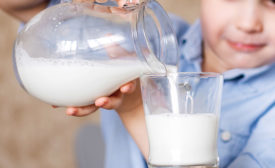Dairy Foods Columnists
The dairy industry's brightest minds share their expert opinion and advice.
ARTICLES
Nutrient content/declarations, compositional and other finished goods objectives also discussed.
Read More
How the dairy industry is overcoming supply chain disruption
Critical aspects of supply chain adjustments, technological advancements and sustainability efforts are main focuses.
April 12, 2024
Changing the definition of protein
Different people, including athletes, have much different needs.
April 11, 2024
Healthy School Milk Commitment receives major endorsement
Efforts by IDFA were officially recognized at a special event organized at the White House.
April 5, 2024
What’s hot, what’s not in global dairy?
Milk imports and production in Mexico and Algeria performed well in 2023.
March 27, 2024
Showcasing next-generation dairy ingredient technologies
Non-thermal processing to preserve food quality gaining ground in dairy industry.
March 26, 2024
Fermented dairy foods work their magic on digestive health
It’s important to strike a balance between “good” and ”bad” bacteria in the gut.
March 20, 2024
Why the Whole Milk for Healthy Kids Act is so important
Higher consumption of full-fat dairy has been shown to be associated with lower risk of total body fat mass in children.
March 13, 2024
Coffee can percolate with both dairy and plant-based options
Almond and oat are the two most popular plant-based dairy alternatives for baristas.
March 11, 2024
Hygienic Zoning Control key to protecting dairy foods
Zoning enables dairy plants to prevent contamination and control materials and air flow.
February 23, 2024
Get our new eMagazine delivered to your inbox every month.
Stay in the know on the latest dairy industry trends.
SUBSCRIBE TODAYCopyright ©2024. All Rights Reserved BNP Media.
Design, CMS, Hosting & Web Development :: ePublishing


















